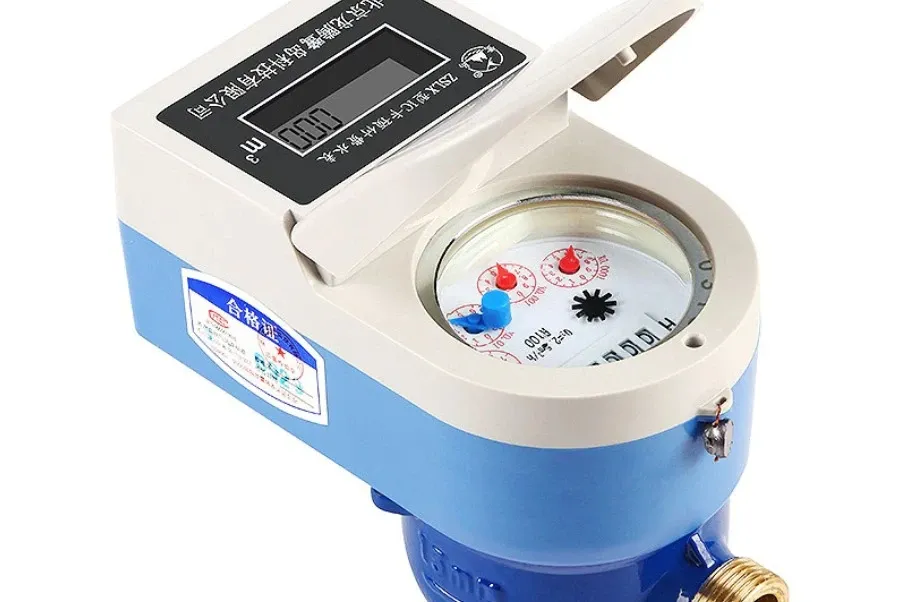Global smart meter installed base exceeded 1.8 billion units by the end of 2024 and is projected to grow at a CAGR of 10%, crossing 3 billion by the end of 2030, according to Counterpoint Research. Robust smart meter shipment growth is expected in 2025 and beyond, supported by grid modernization and regulatory mandates.
“North America had the highest penetration of around 81% in the smart electricity metering market at the end of 2024. China and Europe are among the other regions having high penetration in terms of smart meter deployment. However, opportunities remain strongest in under-penetrated regions such as Latin America, Africa, and South Asia,” said Tina Lu, Principal Analyst at Counterpoint Research.
While smart electricity meters currently dominate the market and will lead the growth due to continued expansion in electricity metering, particularly in under-penetrated regions, developed markets supported by mature utility infrastructure will lead growth in smart water and gas metering. Beyond 2027, this growth in smart water and gas metering will be complemented by increasing adoption in emerging economies.
“Connectivity preferences in the smart metering market are evolving rapidly, driven by the need for greater scalability, reliability, and cost efficiency. Today, smart meters rely on a mix of powerline communication (PLC) and RF mesh networks, but the market is steadily migrating toward Low Power Wide Area (LPWA) technologies. These include cellular massive machine-type communication (mMTC) standards such as NB-IoT and LTE-M, alongside unlicensed options like LoRaWAN and Sigfox. While legacy connectivity options such as PLC and RF mesh technologies will continue to coexist with growing cellular adoption. In particular, 4G Cat 1 bis, NB-IoT, and LTE-M are expected to dominate future rollouts,” said Hanumant Pawar, Research Analyst at Counterpoint Research.
Within the cellular segment, beyond NB-IoT and LTE-M, 4G Cat 1 bis remains a key connectivity technology and is expected to retain its leadership in shipment volumes, growing at a CAGR of around 8% between 2024 and 2030. Its strong position is driven by an optimal balance between performance, cost, and deployment simplicity. The technology’s affordability, widespread network compatibility, and ease of integration make it particularly suited for high-volume, low-complexity use cases such as smart metering. By 2030, cellular technologies are projected to power nearly two-thirds of new smart meter installations, especially in remote or large-scale deployments.
Chinese smart meter manufacturers have been early adopters of 4G Cat 1 bis, leveraging its cost efficiency, performance balance, and broad network compatibility. Leading vendors such as Sanxing Electric, Holley Technology, Jiangsu Linyang Energy, Suntron Technology, and GoldCard Smart Group are among the top players by cellular shipment volume. 4G Cat 1 bis is expected to remain a key connectivity technology, led by Sanxing Electric and Holley Technology, while NB-IoT will continue as a parallel growth technology with strong leadership from Sanxing Electric, Wasion Group, and GoldCard Smart Group.



















